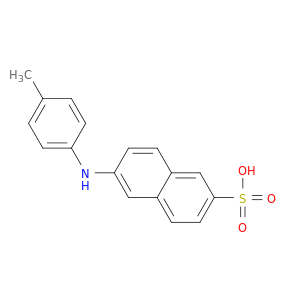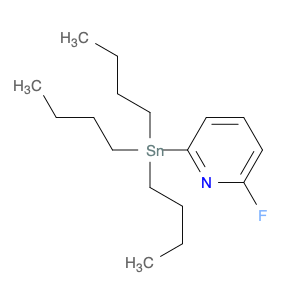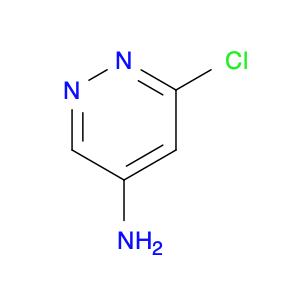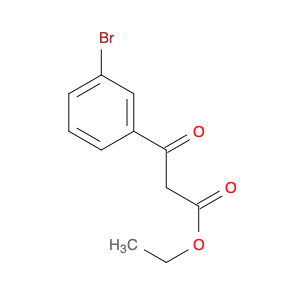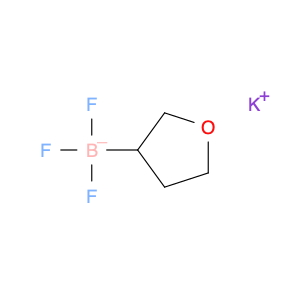6-p-Toluidino-2-naphthalenesulfonic acid, also known as TANSA, is a versatile compound widely utilized in chemical synthesis. With its unique structure and properties, TANSA serves as a valuable reagent in various synthetic pathways, particularly in the production of dyes and pigments.In chemical synthesis, TANSA acts as a key intermediate in the creation of azo dyes, which are widely used in textiles, plastics, and other industries for their vibrant colors and excellent lightfastness. By reacting with aromatic diazonium salts, TANSA plays a crucial role in forming azo compounds through azo coupling reactions. This process involves the formation of a nitrogen-nitrogen double bond, leading to the characteristic color properties of azo dyes.Additionally, TANSA can also be employed in the synthesis of fluorescent dyes and optical brighteners. Its unique molecular structure enables it to exhibit strong fluorescence properties, making it an essential component in the development of fluorescent probes and markers used in biological imaging and analytical chemistry.Furthermore, TANSA's sulfonic acid group imparts water solubility to the compound, enhancing its utility in aqueous-based reactions and applications. This solubility property makes TANSA particularly useful in dyeing processes for textiles and paper industries, where water-based systems are commonly employed.Overall, the application of 6-p-Toluidino-2-naphthalenesulfonic acid in chemical synthesis is essential for the creation of various dyes, pigments, and fluorescent compounds, contributing significantly to the advancement of industries such as textiles, plastics, and biomedical research.
 sales@aaronchem.com
sales@aaronchem.com
